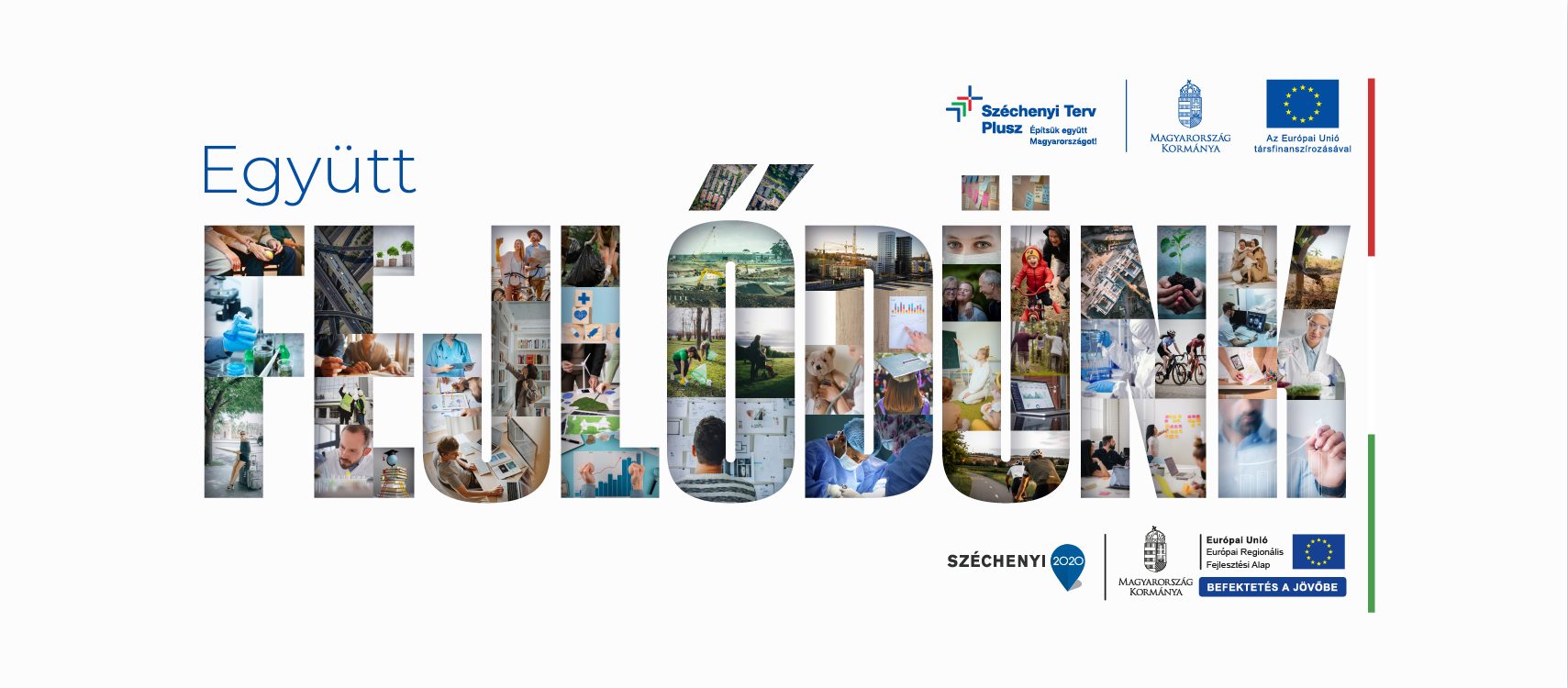Thanks to the development activities carried out within the framework of an EU co-financed project, the bureaucratic burden on citizens and businesses in Hungary has been significantly reduced by increasing the organizational efficiency of government offices.
The project focused on reviewing, simplifying, and optimizing the regulatory environment and internal administrative workflows, with a strong emphasis on reducing the administrative burden on businesses. To achieve its strategic objectives, four key components were implemented: review of central government offices, development of laboratory services in government offices, enhancement of the national and municipal public task registry, introduction of the Service-Oriented Government Office Model and the reduction of bureaucracy affecting businesses.
A thorough assessment was conducted on the roles, structure, and operations of central government bodies and ministry background institutions operating as budgetary agencies. As a result, a simpler and more transparent system of public administration was created. Governmental responsibilities were brought closer to citizens, and by strengthening the powers of district and capital district offices, a more efficient administrative structure was established—enabling high-quality service delivery at the local level.
As part of the lab development component, workflows and capacities were reviewed, and measures were introduced to ensure more streamlined and effective operations. In addition, the equipment supporting laboratory services was partially modernized. The development aimed to enhance the quality of laboratory services for clients, reduce associated costs, and simplify access to these services.
The further development of the public task registry for state and municipal functions aimed to provide a clearer overview of public responsibilities, improve access to related information, and support legislative preparation and strategic planning. The registry is public, up to date, and reliable—available to both public servants and clients. It organizes administrative tasks based on functions and competencies.
By presenting data in a system-wide, interconnected way, the registry supports long-term internal planning and improves decision-making processes in public administration. With over 16,000 entries, the database is accessible via the Pest County Government Office’s website or directly at https://kfk.pest.gov.hu/kozfeladat.
The Service-Oriented Government Office Model was rolled out nationally as a key element of public administration reform. Through comprehensive internal process and organizational development, the model supported the transition to a client-focused approach in capital and county government offices.
This shift contributed significantly to reducing administrative burdens on citizens, businesses, municipalities, and other stakeholders.The reduction of business-related bureaucracy was implemented as part of the introduction of the Service-Oriented Government Office Model.
This project component aimed to identify and assess bureaucratic burdens not based on formal administrative procedures, but which are nonetheless significant for businesses and can affect their competitiveness. Particular attention was given to documentation, registration, reporting, data submission, and compliance obligations—all typically grounded in substantive legal regulations.
The development was implemented from EU funding in the project KÖFOP-1.0.0-VEKOP-15-2016-00041 under the Public Administration and Public Service Development Operational Programme.
Find out more about the project in the Project Finder:Details








